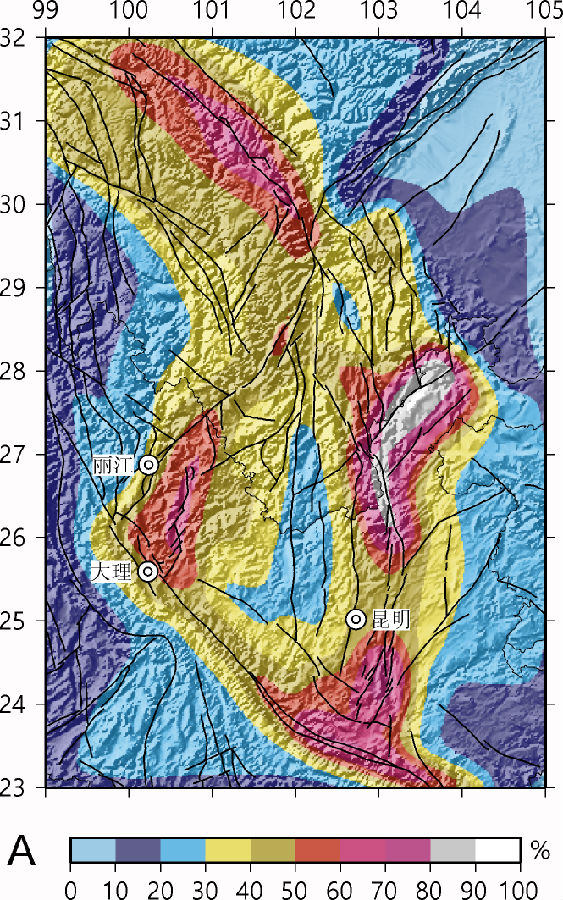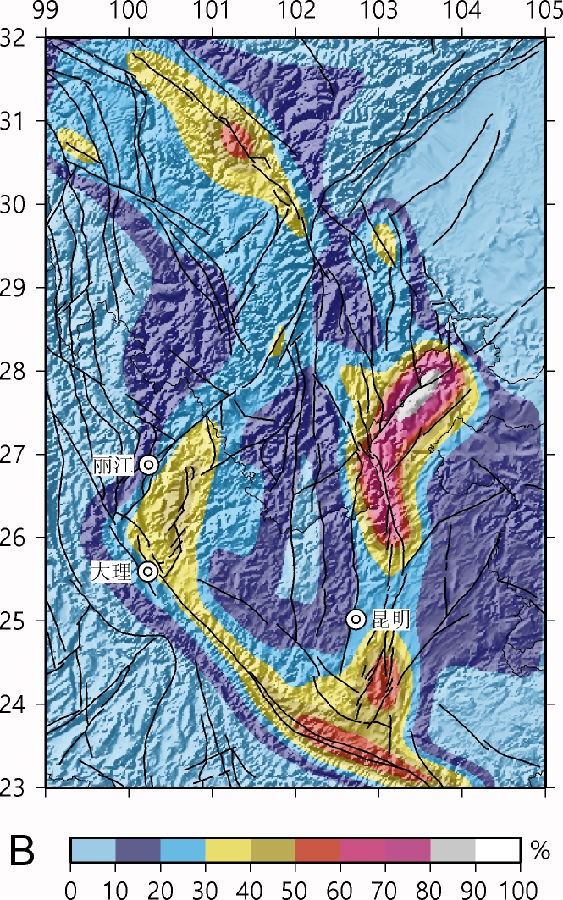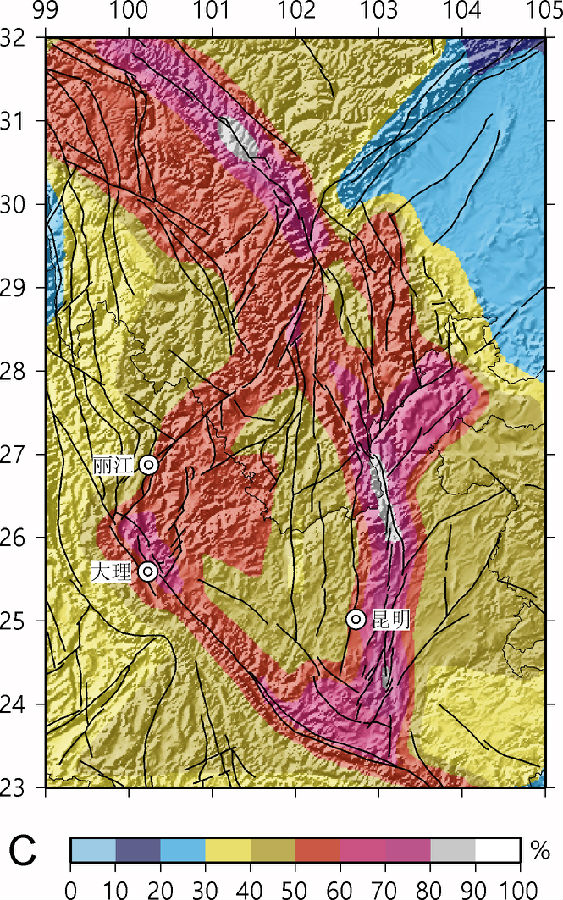Welcome to the Institute of Earthquake Forecasting (IEF) of the China Earthquake Administration (CEA).
The Institute, originating from the CEA Center for Analysis and Prediction (officially founded in 1980), is one of the five national institutions of CEA. The Institute is focusing on the theory, methodology, techniques, and application countermeasures of earthquake forecast based on geology, geodesy, geochemistry, space electro-magnetism, remote sensing, and seismology.
Note that in Chinese, ‘Dizhen (地震, earthquake) Yuce (预测, forecasting)’ has a broader meaning from long-term seismic hazard assessment to the estimate of aftershock probabilities, which is different from the well-known concept ‘earthquake forecast/prediction’ used in international scientific communities. This difference, similar to the difference between the Chinese ‘Long’ (龍) and the western dragon, may be useful to understand the missions of the Institute, as well as those of the CEA. Due to similar reasons, before 2017, the English translation of this Institute was ‘Institute of Earthquake Science’.
In recent years, the Institute has been responsible for organizing the national project ‘Earthquake Anatomy’ (解剖地震), and coordinating the National Earthquake Monitoring and Prediction Experiment Site in Sichuan-Yunnan Region. The Institute is hosting the CEA Key Laboratory for Earthquake Forecasting. The relation between this Institute and other national/regional institutions/centers within and outside CEA is somehow like the relation between the Southern California Earthquake Center (SCEC) and other institutions/labs. The institute also has a technological component, which is useful in attracting and digesting the potentially useful technologies from other fields for the research and application of earthquake forecasting.
In the framework of the CEA stream of service, the Institute has the missions including: 1) long-term (decade scale) seismic hazard assessment, 2) intermediate-term (decade to annual scale) time-dependent seismic hazard assessment, 3) short-term (shorter than annual scale) test of earthquake forecast models and schemes, 4) emergency response to earthquakes (based mainly on seismology and remote sensing), assessment of the properties of the earthquake sequence (swarm, or mainshock-aftershock sequence), and the assessment of the influence of earthquakes on local/regional seismic hazard, and 5) forecast and information service related to reservoir-induced seismicity. The Institute is more emphasizing on the related fundamental and development research, while the China Earthquake Networks Center (CENC), the twin institution of the Institute of Earthquake Forecasting, both originating from the Center for Analysis and Prediction, is more emphasizing on the application and service. Meanwhile, due to the extreme importance and difficulties of earthquake forecasting, according to the top design of the CEA structure, the CENC-IEF ‘backup mechanism’ is also one of the countermeasures for security.
Since 2018, there have been several new missions assigned to the Institute, including: 1) coordination of the development and test of numerical earthquake forecast model, 2) organization of the field experiments of intensified observation and monitoring in the regions which have higher probability of strong earthquakes as identified by the Annual Consultation, 3) periodic review of the up-to-date development in science and technology related to earthquake forecast, and 4) strategic consultation to the CEA headquarter related to earthquake forecast.
Contributing to the long-term objects of the seismic disaster resilience of China, the dual missions of the Institute is to promote the research on earthquake forecast by applying the cutting-edge technologies and sciences, and to promote the proper use of the currently-accessible predictability by considering the environment of modern society. The dual missions is apparently a problem of systems engineering. Development and application of earthquake systems science are thus one of the scientific agenda of the Institute. For this purpose, the Institute is keen to interdisciplinary works and international collaboration. In 2018, cooperating with the Chinese Academy of Engineering Physics (CAEP), the Joint Laboratory for High-Pressure Physics and Earthquake Science was launched.




